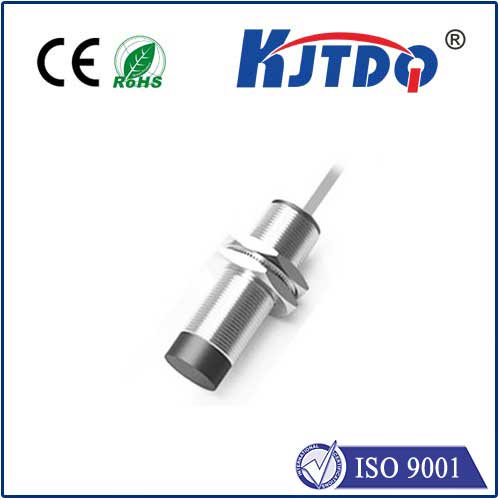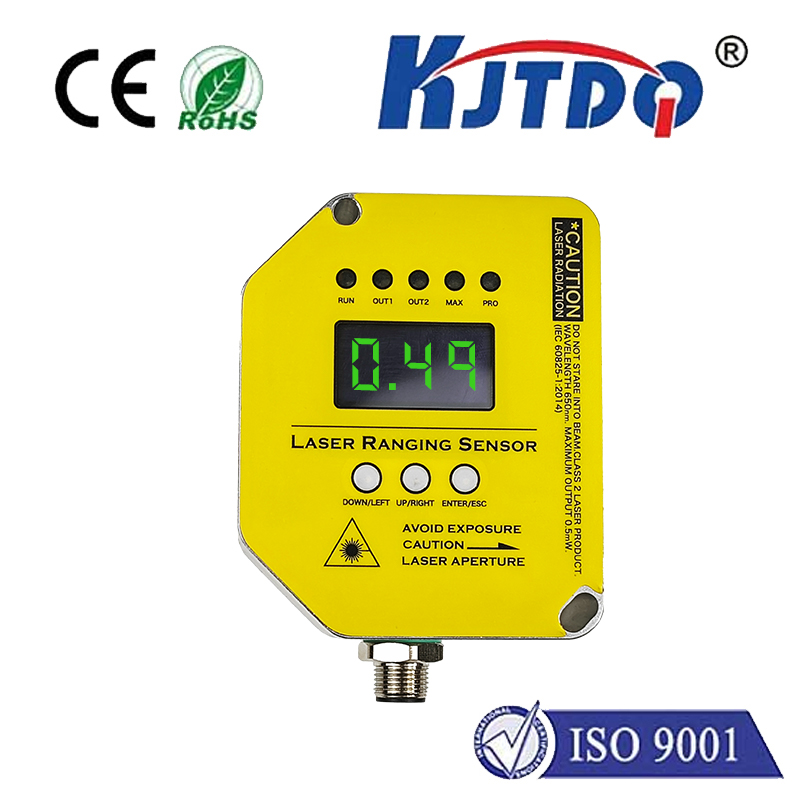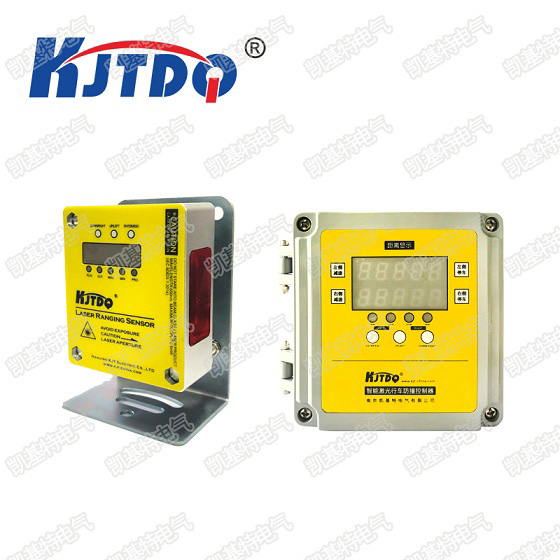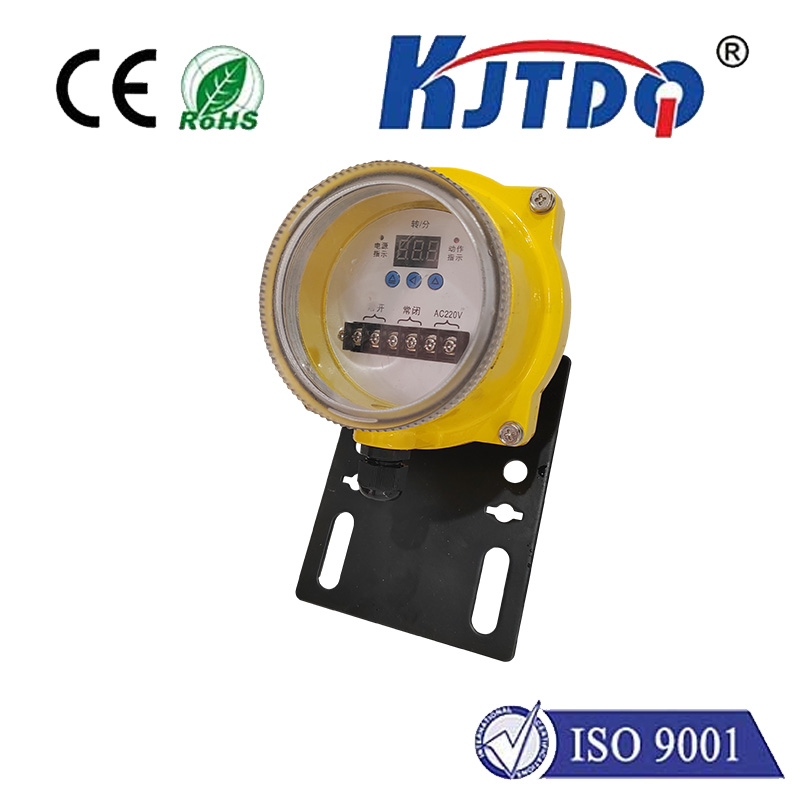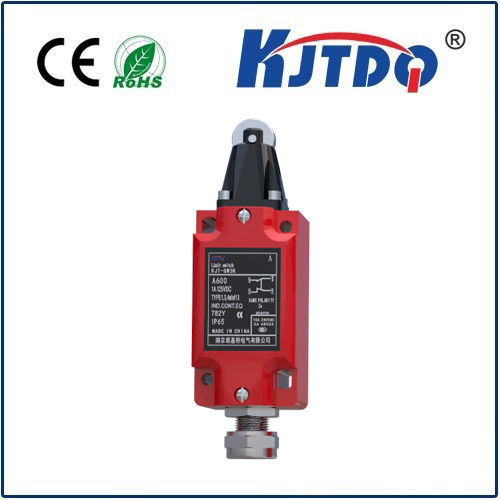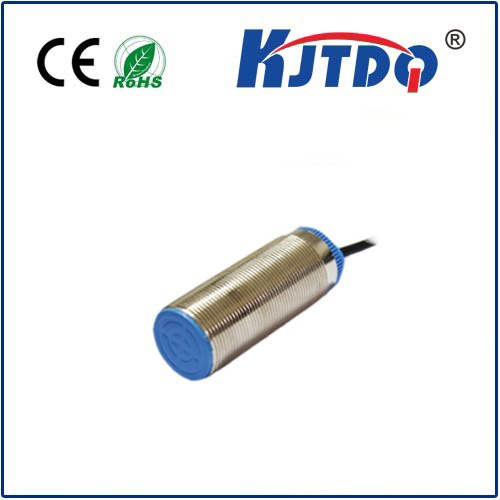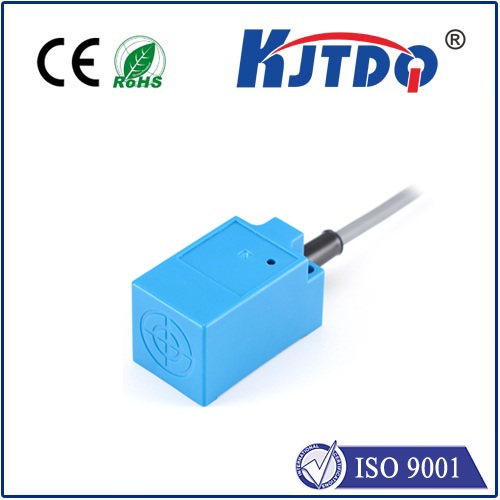

check

check

check

check

check

check

check

check

check

check
Introduction:
The use of proximity sensors has become increasingly prevalent in recent years, particularly in the field of automotive safety and security. At the forefront of this technology is the 12-volt proximity sensor, which plays a crucial role in detecting the presence of objects or people near its intended target. In this article, we will explore the advancements and applications of 12-volt proximity sensors and their potential impact on various industries.
Section 1: What are 12-Volt Proximity Sensors?
A 12-volt proximity sensor is a small electronic device that uses electromagnetic fields to determine the distance between itself and an object or person. When an object or person comes into contact with the sensor, it generates a signal that can be detected by a microcontroller or other device. This sensor is often used in automotive safety systems, as well as in security systems, industrial automation, and medical devices.
Section 2: How Do 12-Volt Proximity Sensors Work?
The working principle of a 12-volt proximity sensor involves the creation and detection of an electromagnetic field. The sensor emits a weak magnetic field that surrounds its immediate environment. When an object or person comes into contact with the field, it disrupts the electromagnetic flow of energy within the vicinity. This disruption triggers a change in the sensor's electrical output, which can be detected by a microcontroller or other device.
Section 3: The Advantages of 12-Volt Proximity Sensors
Compared to traditional mechanical sensors, 12-volt proximity sensors offer several advantages. They are smaller and more compact, making them ideal for use in tight spaces or embedded applications. They are also more reliable and consistent in their performance, due to their ability to detect subtle changes in the electromagnetic field. Additionally, they are typically less expensive than other types of sensors, allowing them to be more cost-effective for manufacturers and consumers alike.
Section 4: Applications of 12-Volt Proximity Sensors
There are numerous applications for 12-volt proximity sensors, including:
* Automotive safety systems (e.g., airbags)
* Security systems (e.g., motion detectors)
* Industrial automation (e.g., robotic arms)
* Medical devices (e.g., blood glucose monitors)
* Environmental monitoring (e.g., temperature sensors)
Each of these applications relies on the ability of the proximity sensor to accurately detect the presence of objects or people within its range and trigger appropriate action when necessary.
Conclusion:
The advancements in technology have led to significant improvements in the design and functionality of 12-volt proximity sensors, making them an invaluable tool for countless industries. As research continues to advance, we can expect to see even greater innovation in this area, further expanding the capabilities of these tiny yet powerful devices.
